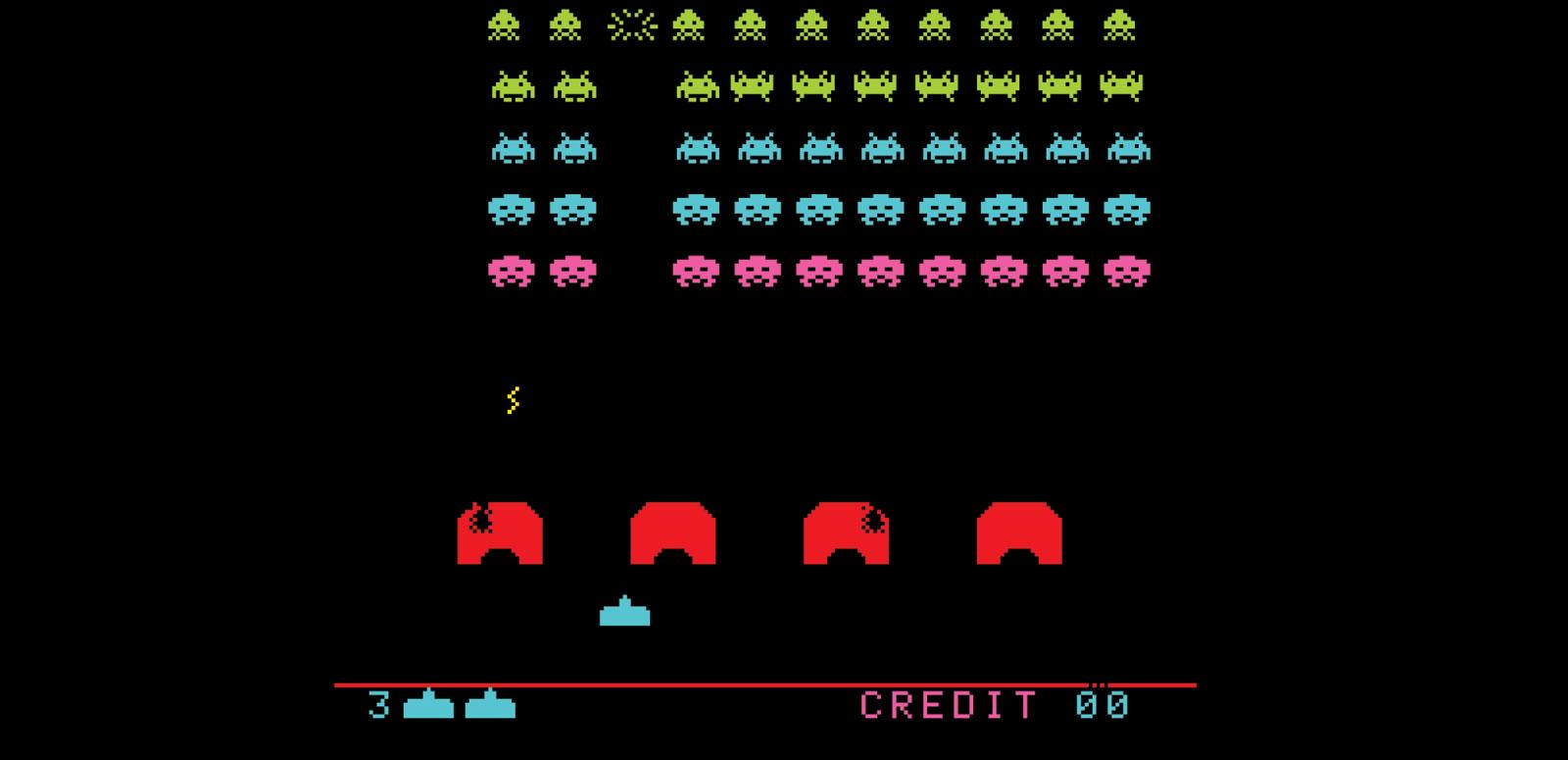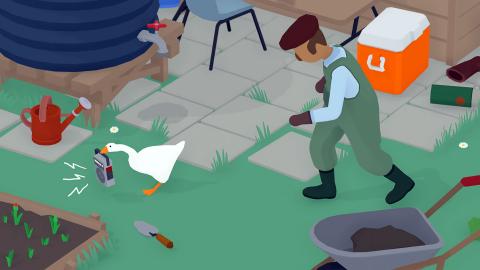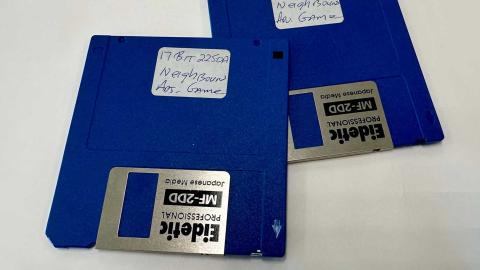

Retro Gaming
Retro Gaming: Game Reviews and News From the 1980s and 1990s
The NFSA is developing and preserving a growing collection of video games and their source materials dating back to the birth of the Australian industry in the early 1980s.
Video games have long had an impact on the NFSA collection. The clips in this curated collection capture some of the ways that games have intersected with Australian popular culture since the 1970s.
Watch ads from the '80s and game play from the '90s. Listen to pop songs from the '70s and podcasts from the 2010s with more recent takes on gaming history.
Plus there's a range of TV news reports on hot-button gaming controversies from the last few decades – covering everything from addiction, health scares and crime, to debates about classification and violence against women.

The National Film and Sound Archive of Australia acknowledges Australia’s Aboriginal and Torres Strait Islander peoples as the Traditional Custodians of the land on which we work and live and gives respect to their Elders both past and present.


